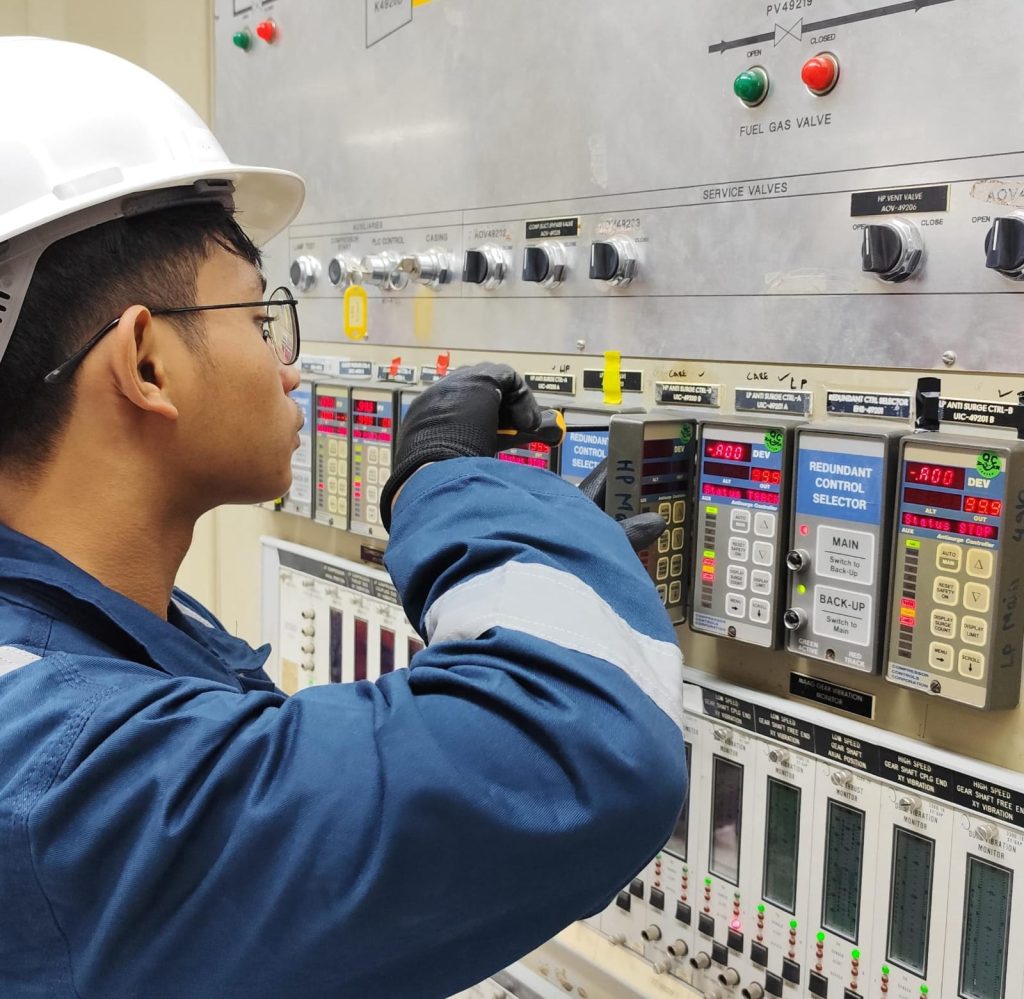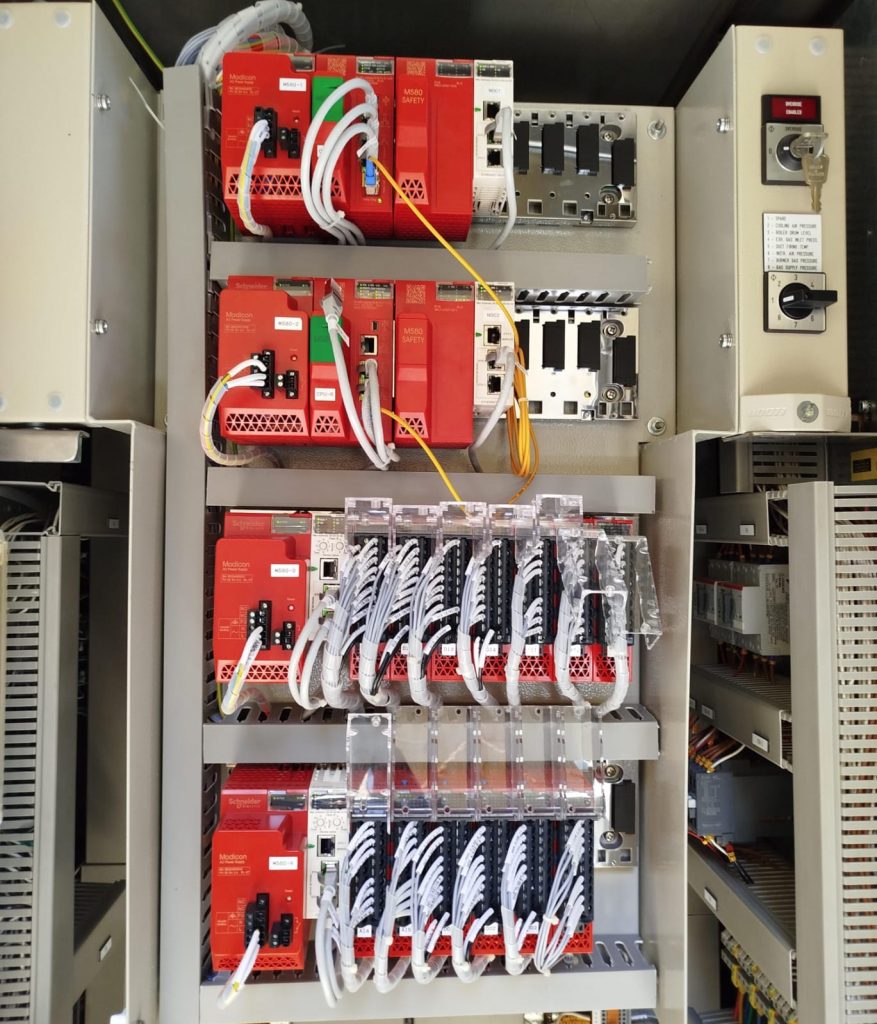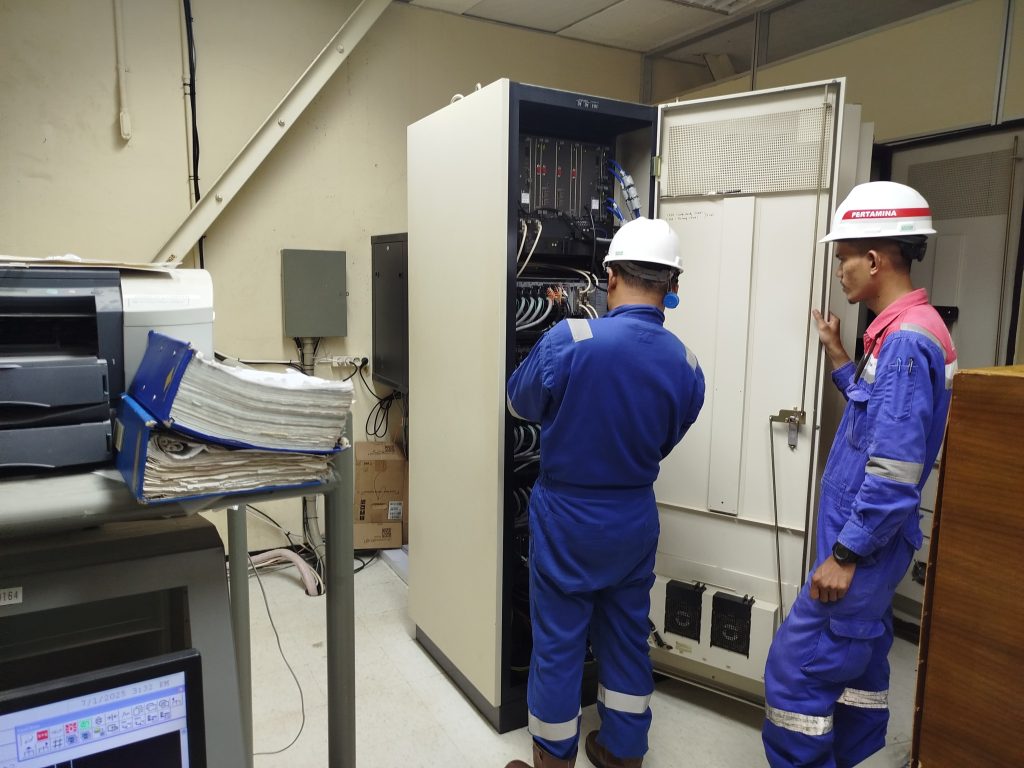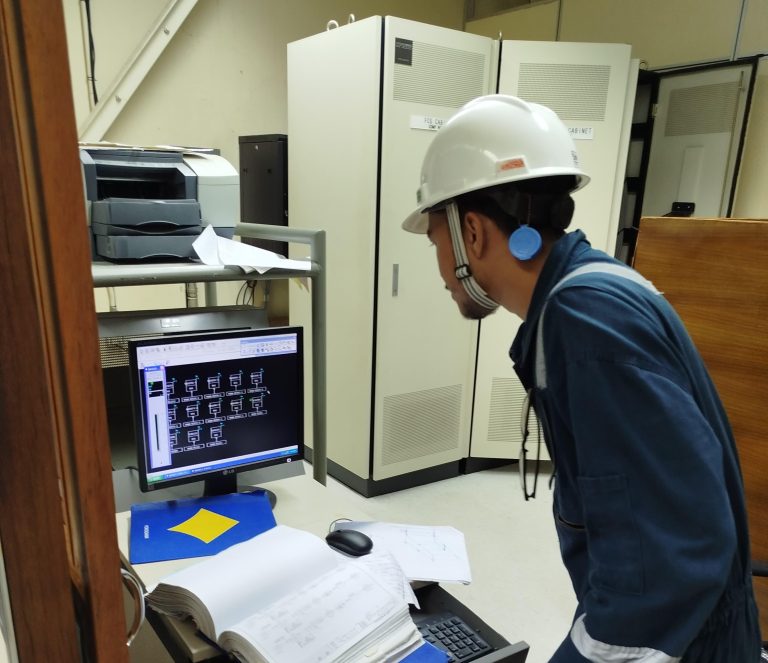Automation System /PLC/SCADA/DCS

Automation System
Automation system is a technology that uses sensors, controls, and actuators to perform tasks with minimal or no human intervention. It integrates various components like sensors, programmable logic controllers (PLCs), human-machine interfaces (HMIs), and power distribution systems to automate processes. Automation systems are employed across diverse industries, from manufacturing and building management to IT and even home environments.
PLC
A Programmable Logic Controller (PLC) is a digital computer used for industrial automation to control and monitor various processes and machines. It’s essentially a ruggedized computer programmed to perform specific functions like logic sequencing, timing, and counting based on inputs from sensors and other devices. PLCs are designed to operate reliably in harsh industrial environments and can be reprogrammed easily, unlike traditional hard-wired control systems.


SCADA
SCADA, which stands for Supervisory Control and Data Acquisition, is a system that allows organizations to monitor and control industrial processes, often over large geographical areas. It involves using computers, networks, and human-machine interfaces (HMIs) to gather data, monitor equipment, and control processes in real-time. SCADA systems are crucial for managing critical infrastructure and industrial operations, ensuring efficiency, safety, and reliability.
DCS
A Distributed Control System (DCS) is a computerized control system used to automate and manage industrial processes. It’s characterized by the distribution of control functions across multiple interconnected devices, rather than relying on a single central controller. This distributed architecture enhances flexibility, scalability, and reliability for complex industrial operations.

